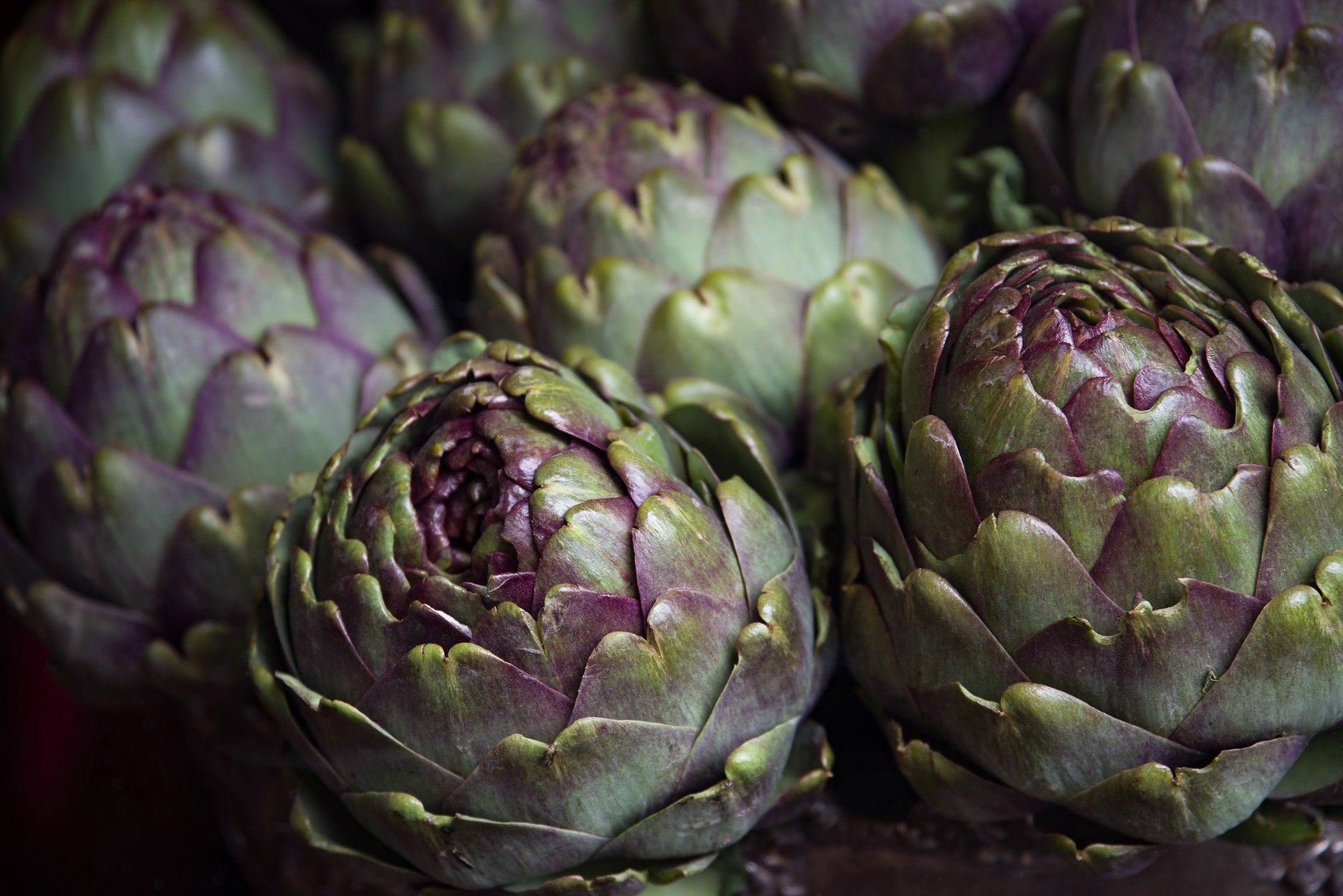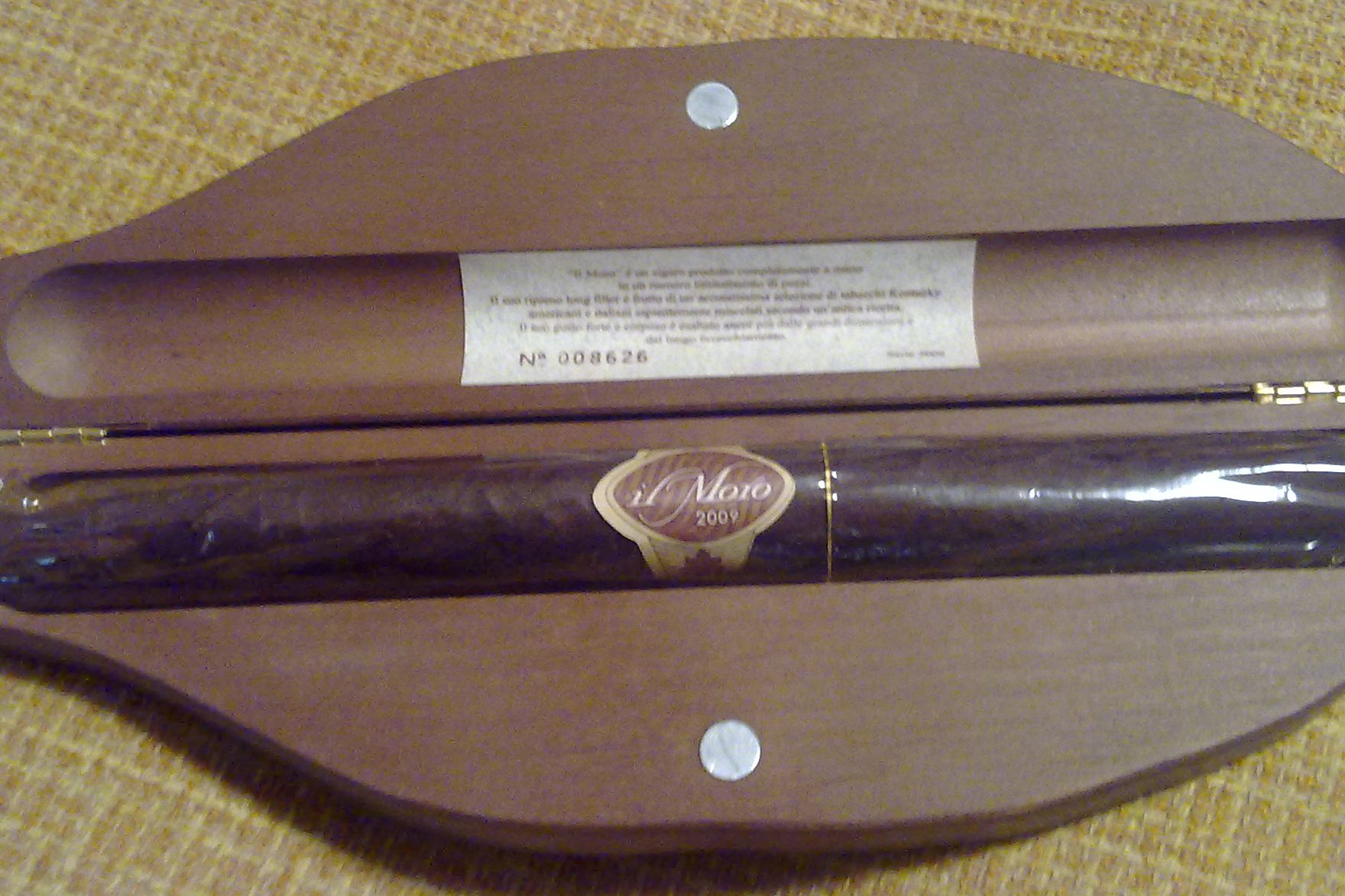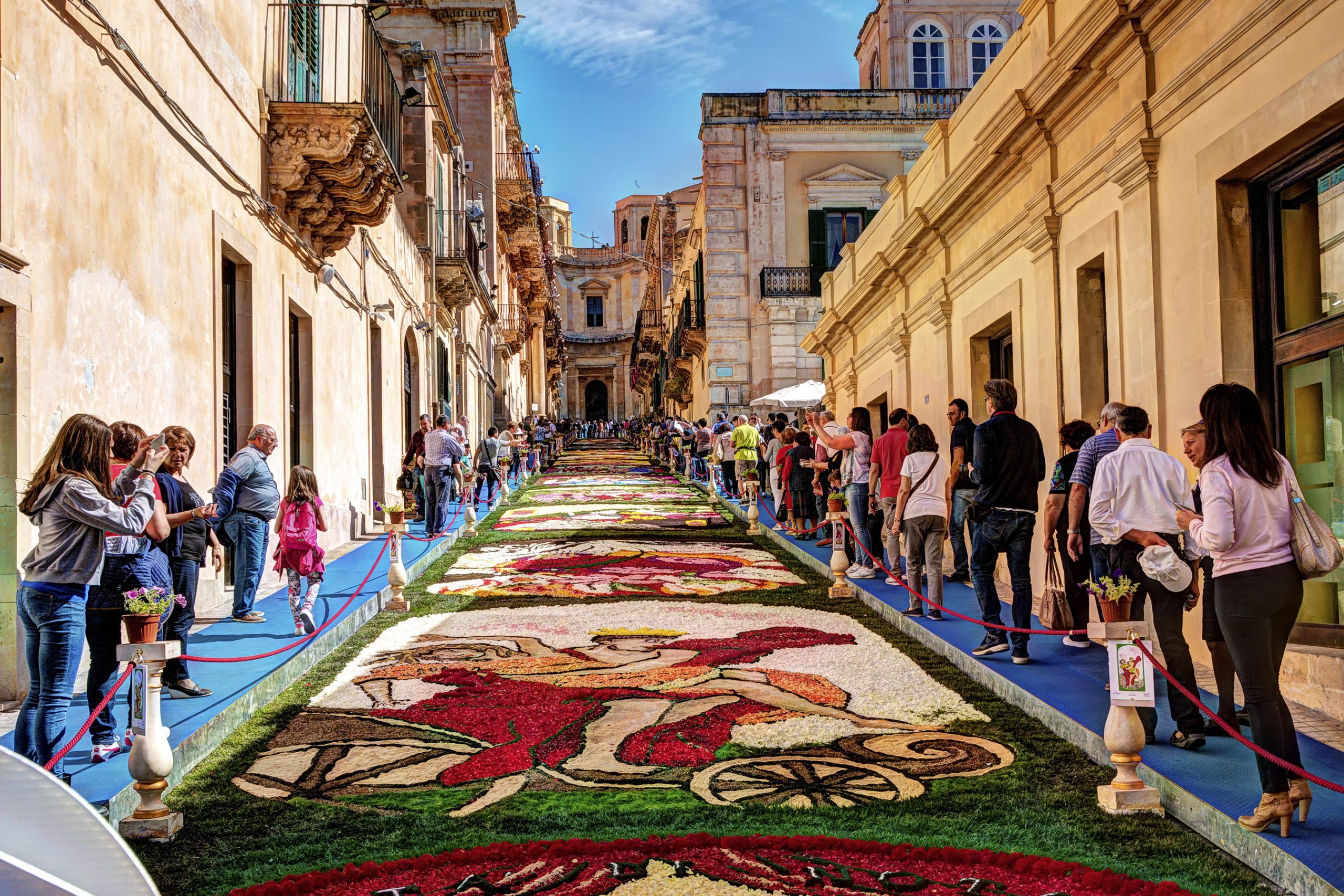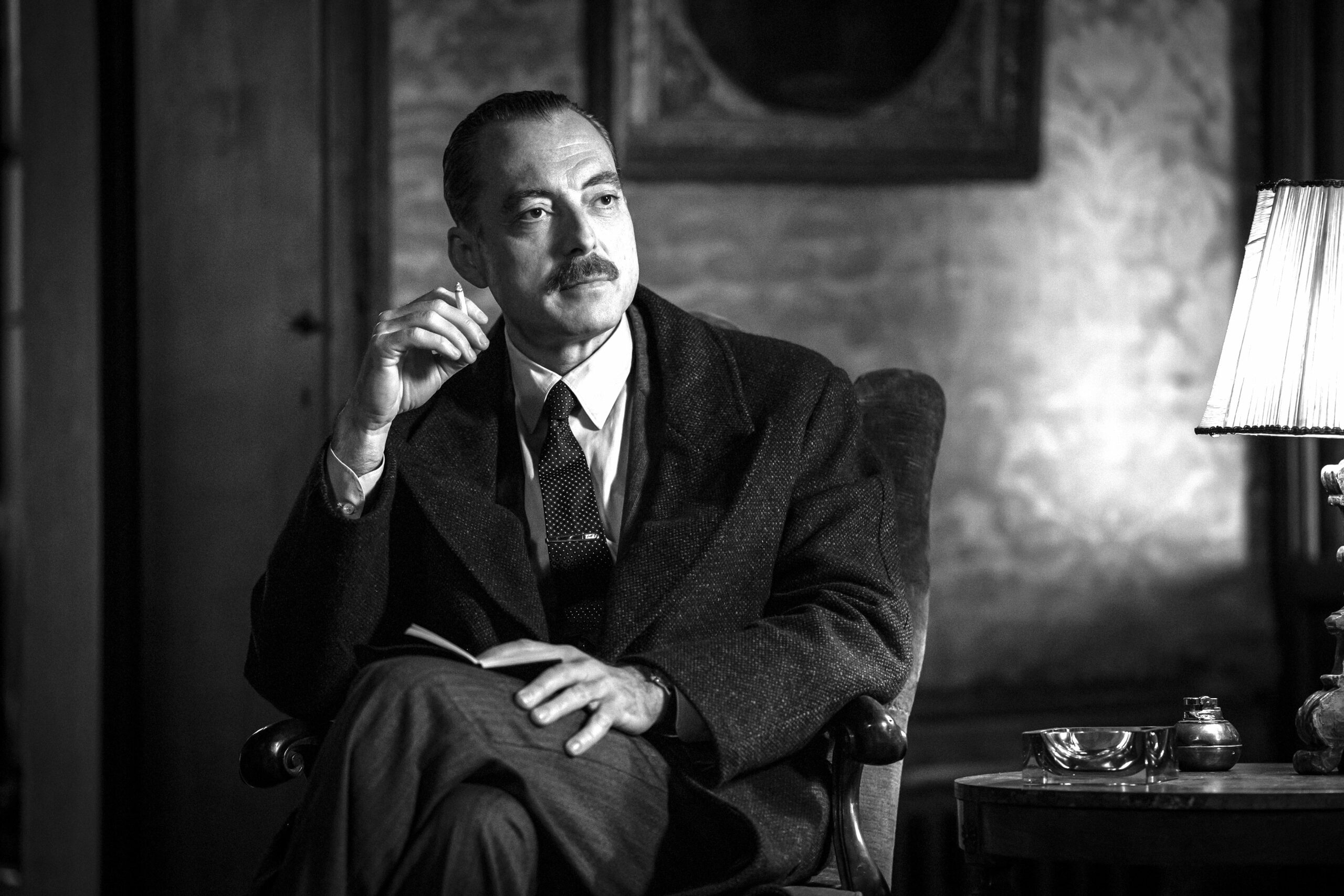The Romans will be breaking hearts this April. Artichoke hearts, that is, to give to festivalgoers at their annual artichoke festival. The “Sagra del Carciofo Romanesco”, will occur the weekend of April 12-14 in Ladispoli. Lazio.
First celebrated in 1951 to promote the perennial plant, the week-long festival now attracts mass amounts of visitors from Italy and Europe. The attendees come to enjoy the distribution of free artichoke wedges and to learn the many ways that artichokes can be prepared. The sweet and potent flavor of the perennial plant comes through naturally, so Ladispolians try to keep seasoning to a minimum. The classic Carciofi alla romana dish is an artichoke baked upside down in a pan containing water, olive oil, garlic, mint, and parsley.
One of the festival’s highlights is the competition for the best artichoke sculpture.
Ladispoli’s square is decorated with the striking pieces. Recent festival sculptures include a roughly 8-foot tall horse standing on its hind legs ready for battle atop palm leaves with a mannequin rider holding an Italian flag. Less dramatic but nevertheless impressive sculptures include giant turtles made of artichokes resting on a bed of green leaves. Others have been models of butterflies, elephants, castles, and even boats. The sponsor who presents his or her artichokes in the most innovative, artistic way receives special recognition.
The Italian word for artichoke, carciofo, originates from the Arabic word karshuf. They were cultivated in the Mediterranean region as early as 400 B.C. Artichokes have been a culinary treasure of Lazio dating back to Etruscan times.
When Catherine de’ Medici became the queen of France and married King Henry II in the mid 1500s, she brought artichokes from her native Florence. Thomas Jefferson discovered the vegetable during diplomatic missions to France, and he planted them in his colorful Monticello gardens when he returned to the United States. His Italian confidant and friend Philip Mazzei allegedly gave him artichoke seeds regularly. Jefferson so loved artichokes that he used the word “artichoke” as the keyword in the cipher to send encrypted messages to Meriwether Lewis of the Lewis and Clark duo.
Rome’s Carciofo has been given the IGP (Indicazione Geografica Protetta) designation, which is similar to the DOC status of wines. It essentially guarantees that the product was produced in a certain area. The only other carciofi variety in Italy to have received IGP denomination is Campania’s Carciofo di Paestum.
One popular artichoke dish that has travelled to the US from Italy is classic stuffed artichokes. Bread crumbs (or perhaps Japanese panko) are mixed with parmesan cheese, dried parsley, garlic salt, and pepper. This mixture is methodically stuffed into each artichoke leaf, and olive oil is drizzled over the artichokes before putting them in the oven.
Located on a bed of Etruscan remains and black volcanic sands, Ladispoli features a quiet seaside resort vibe. Just an hour north of Rome, the city offers quick access to the Tolfa Mountains and Lake Bracciano.
Ladispoli was established in 1888 by Prince Ladislao Odescalchi, after whom the town is named. J. Paul Getty once owned one of the Prince’s former houses close to the ancient Etruscan Palo site. The building had grand porticos and unique Roman arches that Getty admired. He decorated it as an English country house.
During the weeks before the festival, restaurants feature menus for visitors with special artichoke-based dishes. It is the perfect event to usher in the spring tourist season. Many people come out of curiosity about the many ways artichokes can be prepared. The festival has all the Italian trimmings – live music, marching bands, and local food emphasizing the region’s specialty.
Cheers to Ladispoli’s 64th annual artichoke festival, and to the many more to come!































